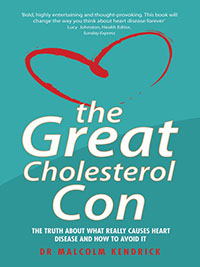For the elderly and especially the
elderly with diabetes in the United States, this is a real problem.
Today, most primary care doctors do not make rounds in a hospital and
often are not aware that a patient of theirs is in the hospital.
Fact is, most hospitals do not contact the patient's doctor to let
them know they are in the hospital even when requested by the patient.
This is the reason that transitions
from the hospital to home are so difficult for many of the elderly.
If they don't have someone available to be a caregiver for them and
see to it that they get to their primary care doctor, often that does
not happen and the person ends back up in the hospital.
The divide between outpatient and
inpatient medicine seems to be growing, highlighting the importance
of managing care transitions as an outpatient-only physician,
according to this article published in Medical Economics.
According to the article, primary care
doctors can play a major role in preventing transition gaps for their
hospitalized patients. Lines of communication should remain open
between hospital-based clinicians and primary care doctors, via
electronic medical records and other modes of communication. Yet,
many hospitals are not doing this.
Primary care doctors can have the
greatest influence on continuity after patient discharge. Follow-up
visits should include assessment of patient recovery and review of
the post-discharge care plan and medication regimen. How can the
primary care doctor do this when hospitals will not communicate.
The shift to a hospitalist model of
care can be unnerving for elderly patients, and it is important to
notify patients of this change. Courtesy visits to the hospital
allow primary care physicians to stay involved in patient care
without being the caregiver in the hospital, and are important for
patients. Many primary care doctors will not visit the hospital
because they are not reimbursed for doing this. So it is a two way
disconnect because most primary care doctors expect their patients to
present themselves at their office.
Yet, when a few hospitals have
contacted doctors that do make house calls or reach agreements with
nurses to see discharged patients from the hospital, primary care
doctors become upset and raise all sorts of issues that they are the
ones their patient should see. Yeh, right doctors, the patient may
not be capable of travel or does not have transportation available to
come to your office. This is a catch-22 for some elderly patients.
